Gentle Minimalism.
Minimalism can create peace and focus, but it may also feel cold. Balancing simplicity with warmth is key. A warm and minimal space fosters "psychological safety" and reduces stress. Gentle minimalism finds the perfect blend of comfort and efficiency. Choose with the human experience in mind.
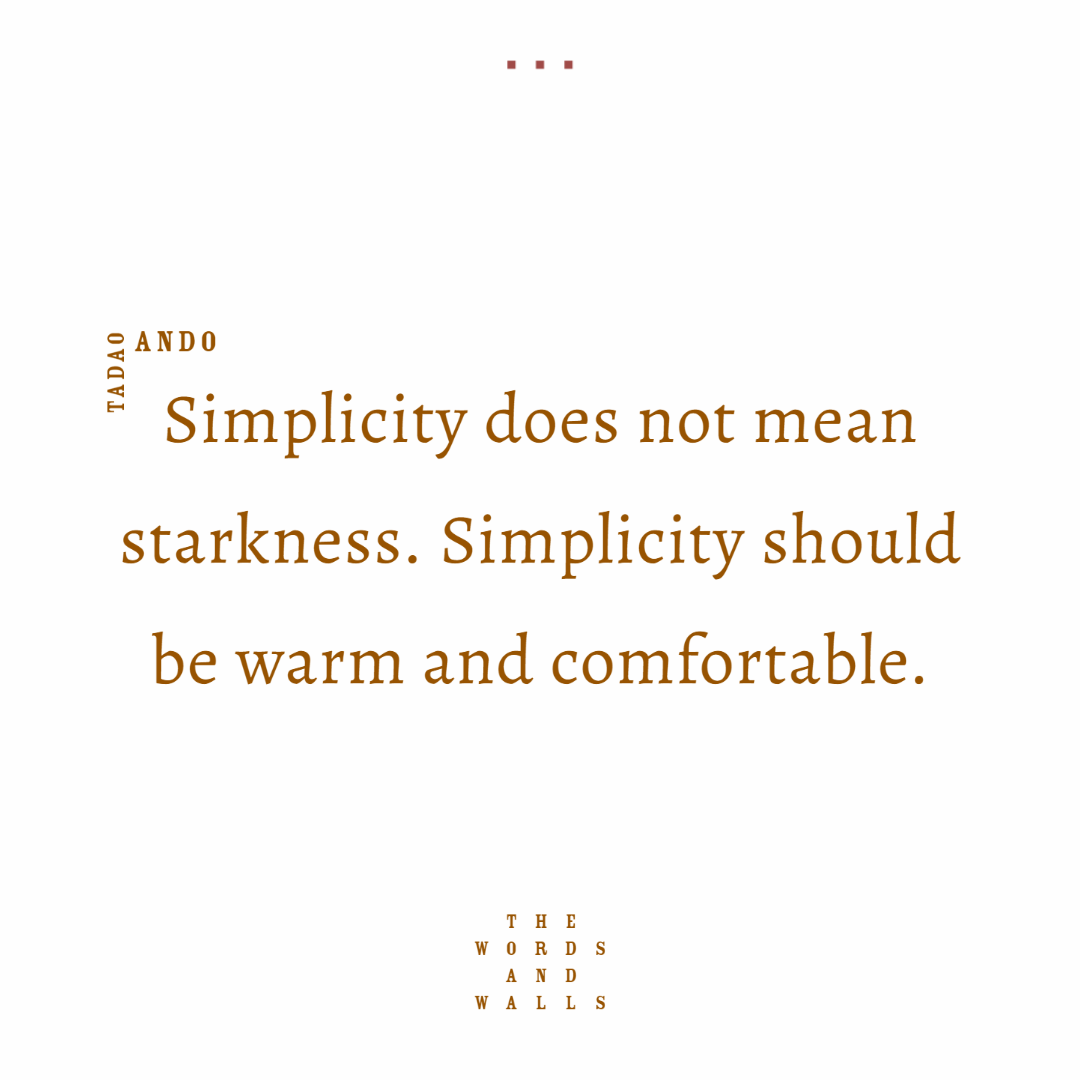
Minimalism has been praised for its ability to create a sense of peace and focus. It's a design philosophy that prioritizes simplicity, functionality, and order. But what if that very simplicity is what makes minimalism feel so cold and sterile? Can minimalism ever be truly "human-centered"? Or is there an inherent tension between minimalism and our emotional needs as human beings?
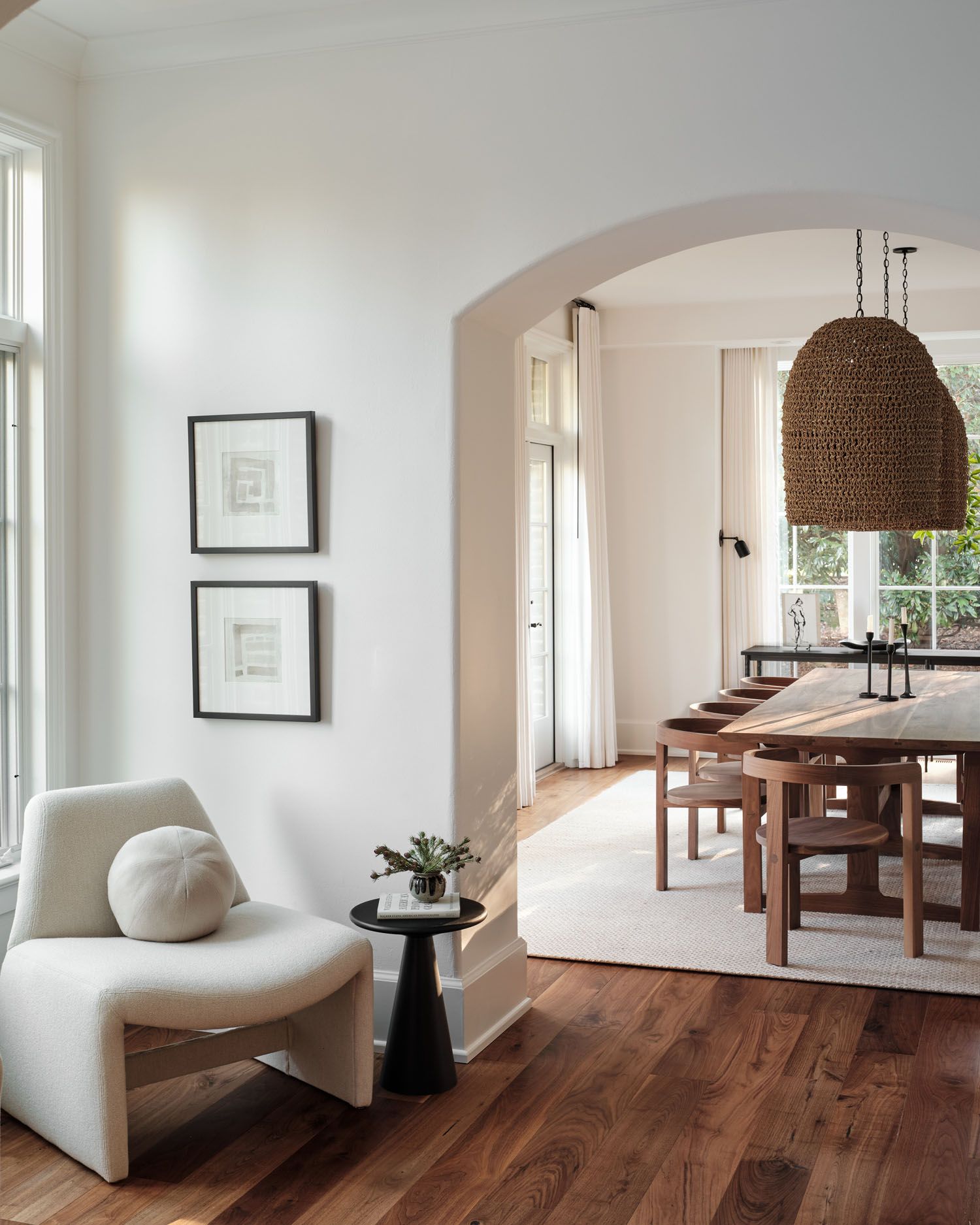
To understand this tension, let's first look at what minimalism actually means in the context of architecture and design.
In its purest form, minimalism strips away all unnecessary elements, leaving only the essential and functional. This can create a clean, streamlined aesthetic that many people find calming and appealing. But there's a risk of going too far with minimalism, to the point where it feels cold and unfeeling.
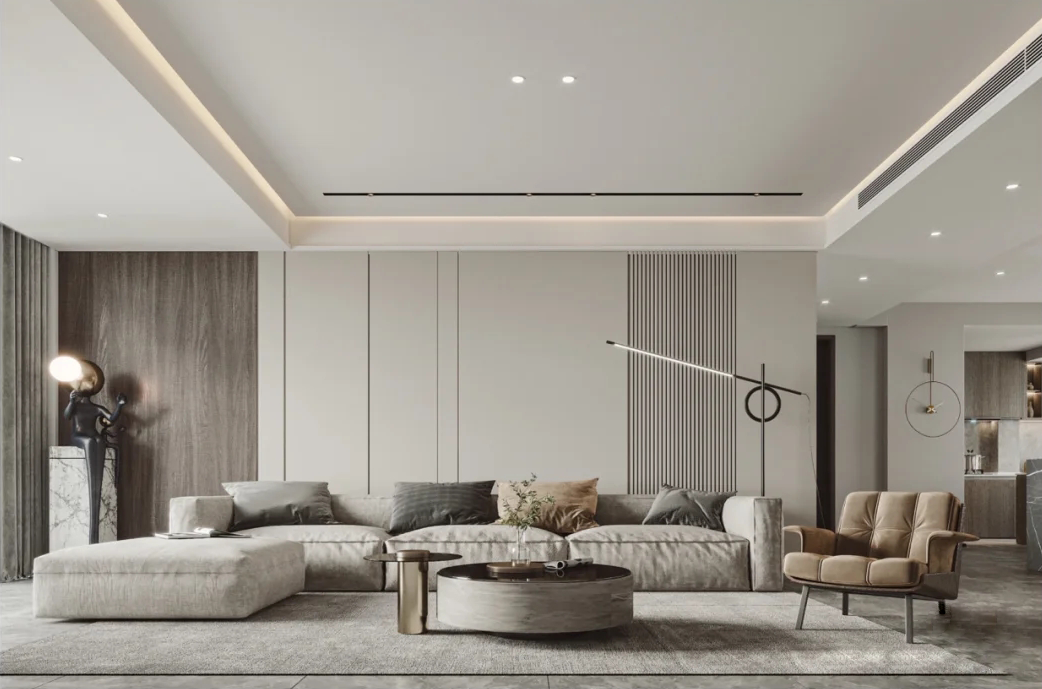
That's why it's important to consider the human element when applying minimalist principles, and to strike a balance between simplicity and warmth.
There's a fine line between simplicity and emptiness, and minimalism can easily cross that line if it's not done with care. So the challenge is to find that sweet spot where a space that is uncluttered and free of distractions, but still feels warm and welcoming.
Imagine yourself entering a space that feels both warm and minimal. You step inside and feel a sense of calm wash over you. The space feels open and airy, but it also feels interesting and comforting. You feel a sense of peace and ease as you take it all in. That's because design isn't just about choosing the right elements, it's about how those elements come together to create a certain feeling.
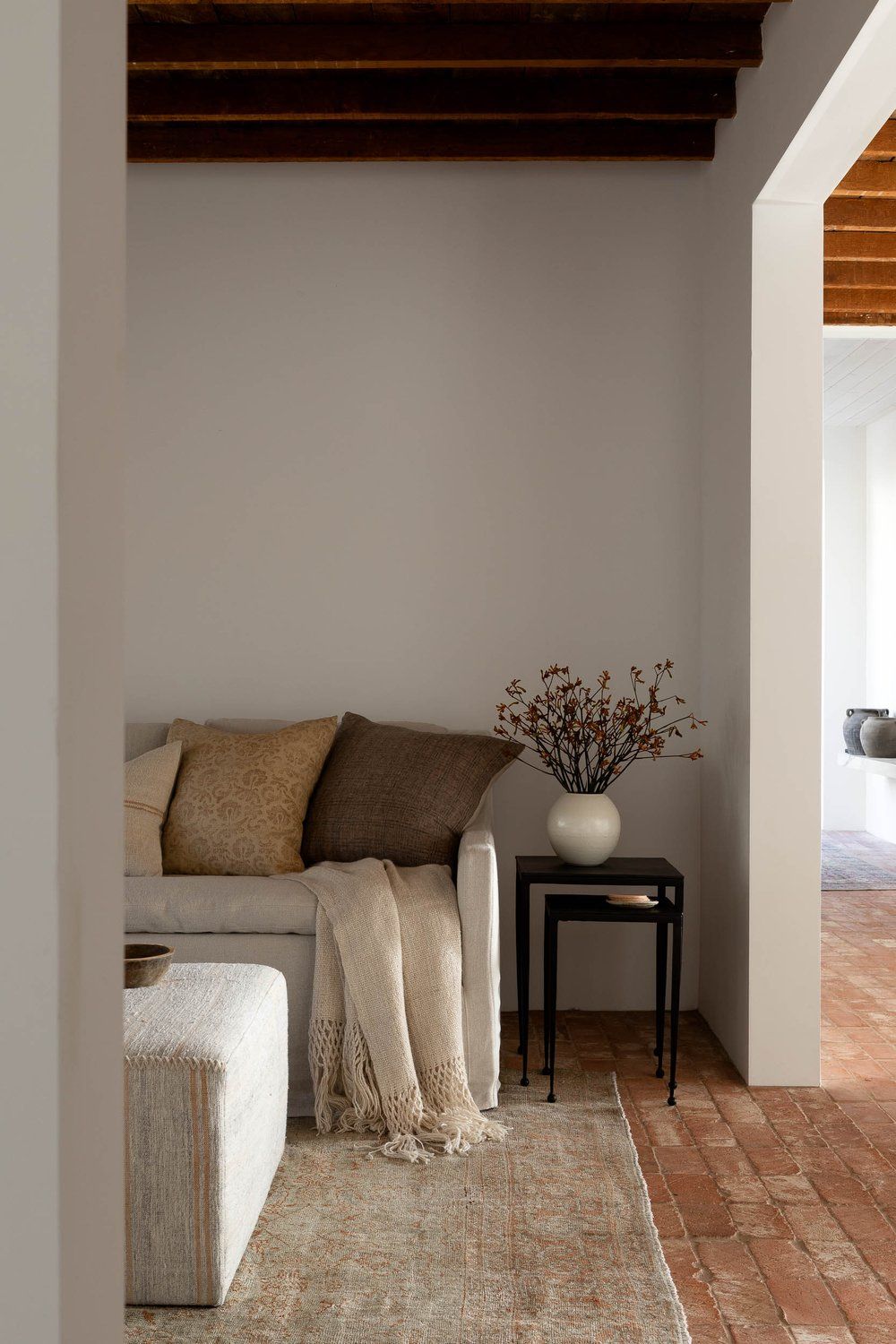
Essentially, what we're trying to say is that a minimal yet warm space can create a sense of "psychological safety."
This is the idea that a space feels non-judgmental and accepting, which allows us to relax and be ourselves. In a space like this, we can feel comfortable expressing ourselves and connecting with others.
The lack of visual clutter and clean lines of minimalism create a visual environment that helps to reduce the cognitive load on our minds. The warm and welcoming colors, natural materials and textures can help reduce our stress levels, which in turn improves our ability to think creatively and solve problems. In other words, the combination of minimalism and warmth in architecture can create a space that feels like a sanctuary for the mind, where we can be honest selves and do our best work.
Whereas, when a place is too sterile, too perfect, you are subconsciously told that you can't color outside the lines. It can feel like it leaves no room for self-expression or personal style.
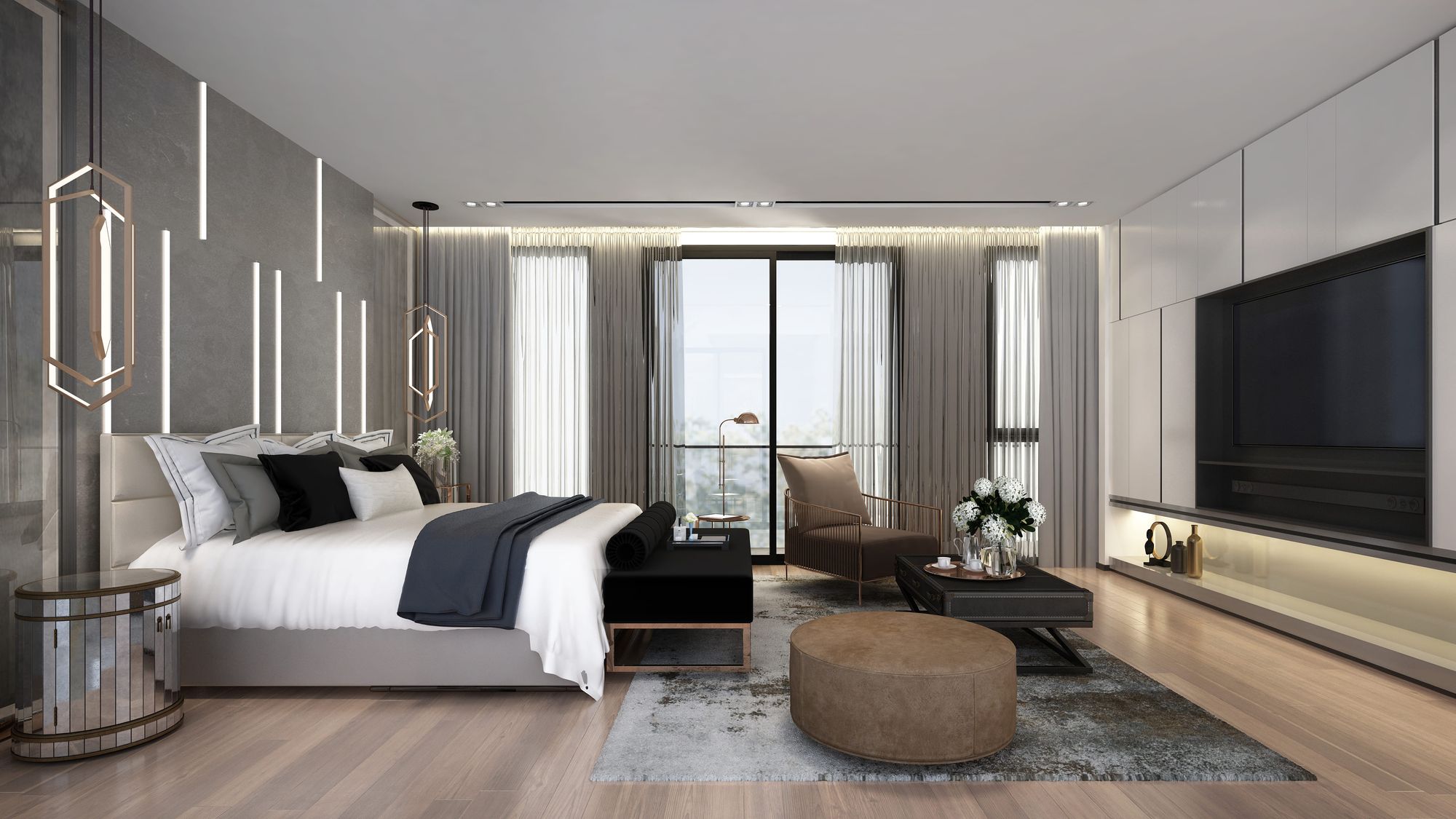
That's why gentle minimalism is all about finding that perfect balance between simplicity and comfort. The goal is to create a space that feels welcoming, relaxing, and efficient, without feeling cold or uninviting.
Five takeaways from gentle minimalism:
+ It is not about depriving yourself of material objects or experiences.
+ It isn't about doing less, it's about doing more of what truly matters.
+ It is about finding the balance between comfort, ease, and beauty.
+ It is about using as many natural materials as possible. Like wood, stone etc.
+ Architectural elements can be used to create a sense of warmth and coziness, without being overbearing or distracting.
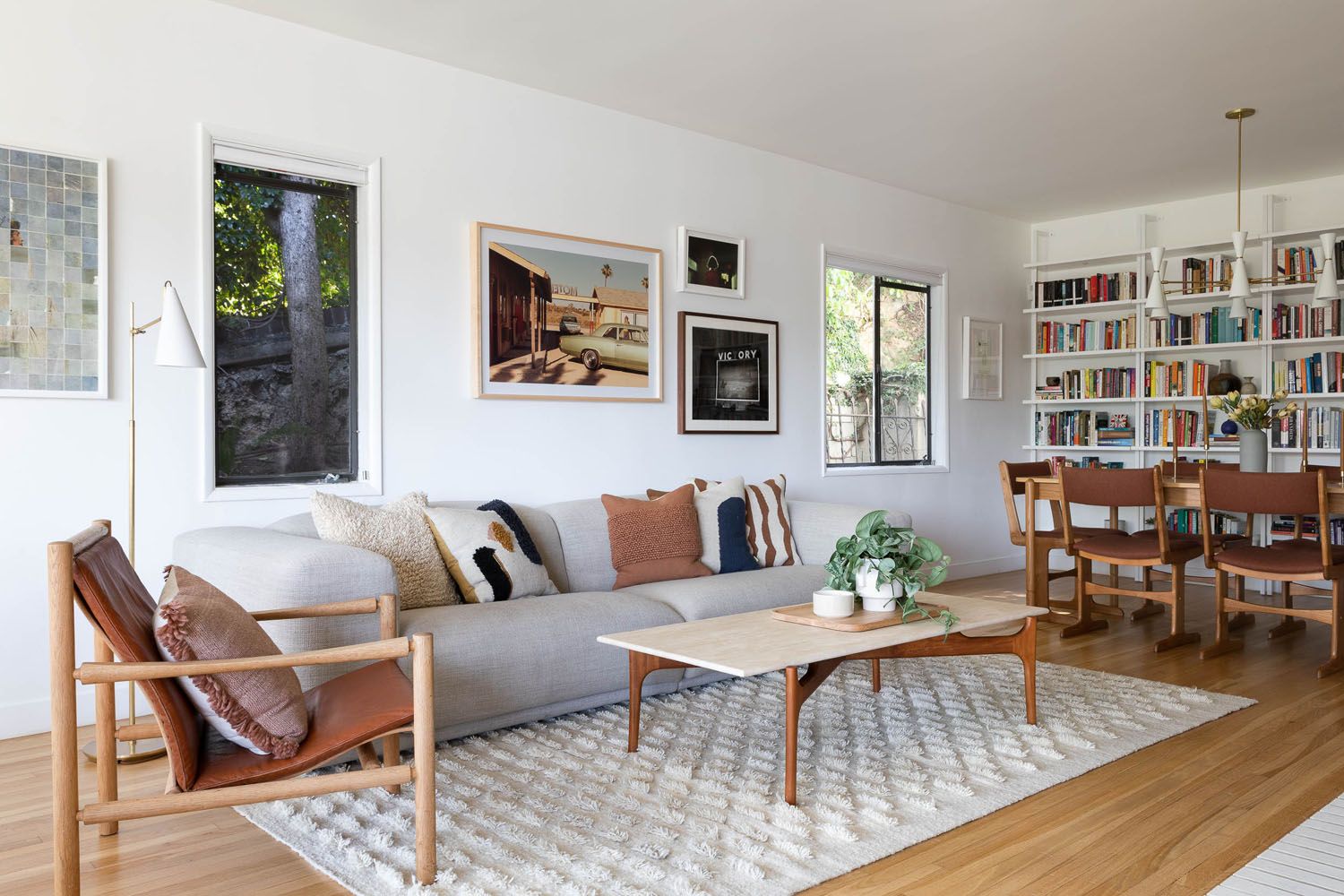
We hope you now have a better idea about the two sides of minimalism and make an informed choice. And remember, minimalism can be stunning, but what makes it truly great is when it's designed with the human experience in mind.
